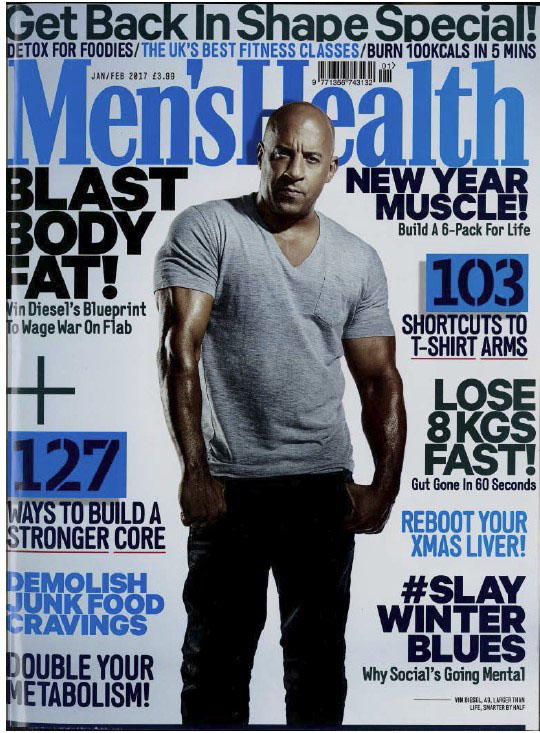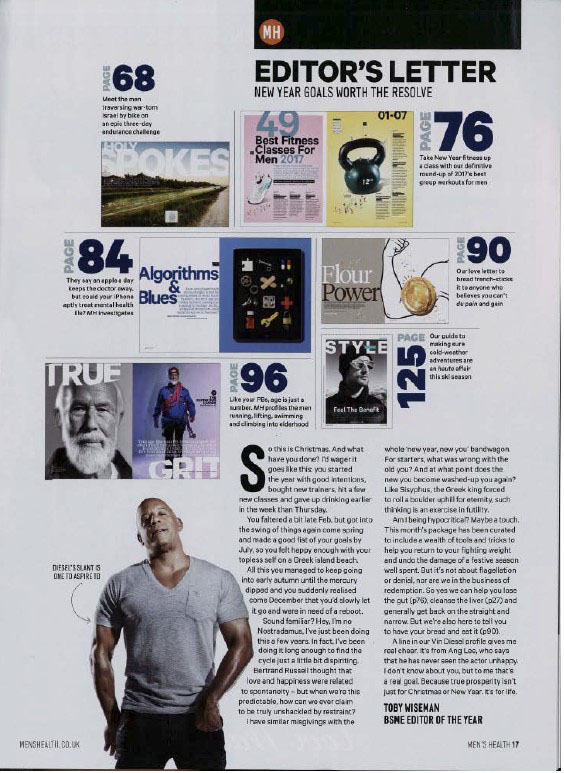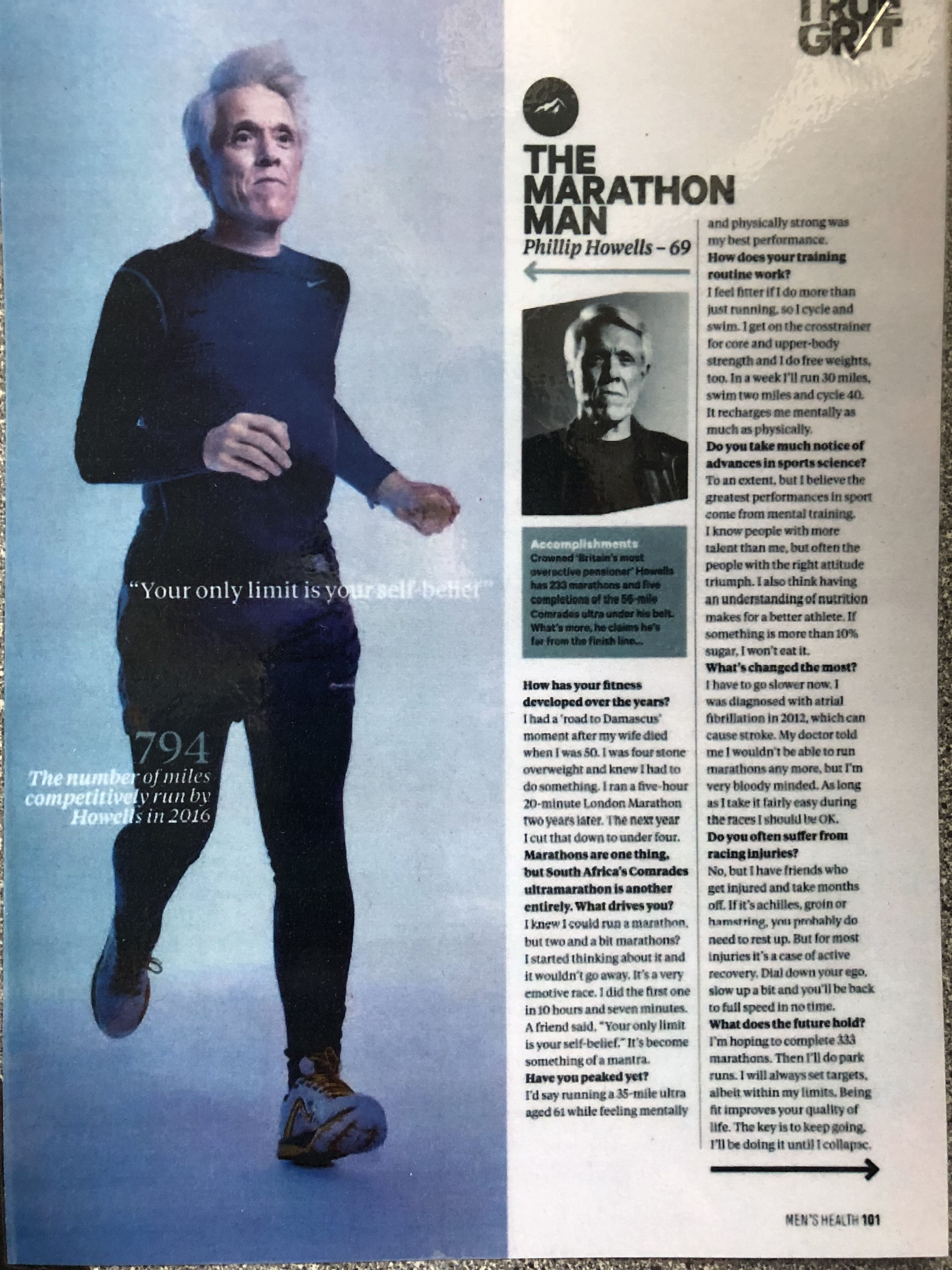Theme:
Music through the decades on the BBC
How music has changed throughout the decades, and how the BBC has changed with it.
What is the future of the BBC. How do I think the BBC should change with the times – why the BBC is becoming less and less popular – mentioned Spotify.
1950s –
Ray Charles – I’ve gotta woman
Released in 1954
The birth of soul – this album was innovative and influenced artists such as, Stevie Wonder, Aretha Franklin, Otis Reading, Marvin Gaye, Elvis Presley, Van Morrison, Billy Joel and millions more – a combination of jazz, rock n roll, and gospel, it was the first time the world had heard soul.
200,000 sales in the UK
One of the most regularly played songs on the BBC in the 50s
Kanye West‘s song “Gold Digger” contains samples of “I Got a Woman”; one particular line is repeated throughout the song in the background. An interpolation by Jamie Foxx, who portrayed Charles in the 2004 biopic Ray, of “I Got a Woman” serves as the introduction to “Gold Digger”.
My song of the decade
Other frequently played songs on the BBC in the 50s:
1957 – Jailhouse Rock by Elvis Presley
1958 – Johnny B. Goode by Chuck Berry
1960s –
The Beatles were the most-played band on the BBC through the 60s
My favourite Beatles songs –
Sexy Sadie
Happiness is a Warm Gun
Both songs on the White Album – which was released in 1968
Happiness is a warm Gun was banned by the BBC due to its sexually suggestive lyrics. The song is a double entendre with guns a metaphore for John Lennon’s sexual desire for Yoko Ono.
The last section of song is arguably the greatest minute in Rock history, with main vocal by John Lennon, and back vocals by Paul Mccartney and George Harrison
More BBC’s favourites from the 60s:
1961 – Stand By Me by Ben E King
1962 – Cry To Me by Solomon Burke
1963 – Be My Baby by Ronettes
1969 – Here Comes The Sun by Beatles
1970s –
Right Down the Line – Gerry Rafferty
“Right Down the Line” is an ode from Gerry Rafferty to Carla, his teenage love whom he also married in 1970, about a decade before this track’s dropping.
Right down the line went number 1 in the US in 1978 before falling into obscurity.
However, the song has made a comeback in 2022 ranking 16 in the rock charts after it featured in popular US teen drama show, Euphoria.
Talk about the effect that other forms of popular culture have on songs… same thing happened with Where is my mind.
More heavily played tracks on the BBC in the 70s:
1975 – Bohemian Rhapsody by Queen
1976 – Go Your Own Way by Fleetwood Mac
1977 – Dreams by Fleetwood Mac
1980s –
Where is my Mind- Pixies
went platinum in the UK with 600,000 sales
Released in 1987, was rarely played on the BBC around the release, but gained popularity in recent years due to its use in the last scene of Fight Club.
Its peak chart position came in 2022, as it ranked 17th in the indie charts.
Not played regularly on main shows such as Radio 1 or 2 but is featured heavily on BBC shows that play rock and indie music.
Wake Me Up Before You Go Go by Wham (1984) was the most frequently played track on the BBC in the 80s
1990s –
Smells Like Teen Spirit – Nirvana
In 1991 Nirvana released their second album, Nevermind. The album was a monumental success, going number 1 in the US and UK charts. Nevermind features a more polished, radio-friendly sound than the band’s prior work.
Written primarily by frontman Kurt Cobain, the album is noted for channelling a range of emotions, being noted as dark, humorous, and disturbing. Thematically, it includes anti-establishment views, anti-sexism, frustration, alienation and troubled love inspired by Cobain’s broken relationship with Tobi Vail.
Arguably, Nirvana are the single most influential band of the 21st century after The Beatles. Nevermind re-invigorated mainstream rock, and had a massive impact on style and music in the 90s. They are considered a cornerstone of the grunge era.
Their song, Smells Like Teen Spirit, was the most-played song of 1991 on the BBC.
Nirvana are still relevant even today, as their album, Nevermind, was the 4th most frequently purchased vinyl of 2021.
Other top-played songs on the BBC in the 90s:
1992 – Creep by Radiohead
1995 – Wonderwall by Oasis
1998 – Iris by Goo Goo Dolls
2000s –
2000s = Indie takeover in mainstream music
In 2001, The Strokes released their debut ‘Is This It’. The album was a huge success, going number 1 in the UK charts, and signified a new era of Indie Rock.
The next step on that evolutionary chain was the Arctic Monkeys, who (and this is no exaggeration) took over the world in 2006, with their debut album ‘Whatever People Say I am that’s what I’m not’.
The album was voted the 5th best UK album of all time by NME, and the band who were just 17, at the time of release became national stars.
Here’s my two favourite tracks from the album…
I Bet That You Look Good on the Dancefloor – Arctic Monkeys
Mardy Bum – Arctic Monkeys
I bet that you look good on the dancefloor was the most frequently played song on the BBC in 2005.
Oher frequently played tracks by the BBC include:
2003 – Mr Brightside by The Killers
2006 – Naïve by The Kooks
2007 – Fluorescent Adolescent by Arctic Monkeys
2010 – 2022 –
Staying with the Arctic Monkeys, their rise to international success came in 2013, with AM.
Compared to their first album, AM is a very different, as they transitioned from a very raw, indie sound to a more clean, smoothly produced rock sound. AM’s bass guitar is noticeably a lot lower, and so is Alex Turner’s voice, as he croons songs. The album is also a slower pace, which appealed more to American listeners.
This song, Number one party anthem, is a great example of why this album is so successful.
Number 1 party anthem – Arctic Monkeys
touch back on BBC –
how music has changed over the years – the different audiences they are trying to appeal to.
Most played artist of the 2010s was Drake – shows how the BBC are attempting to appeal to young audiences.
finish with
Brazil – Declan McKenna




